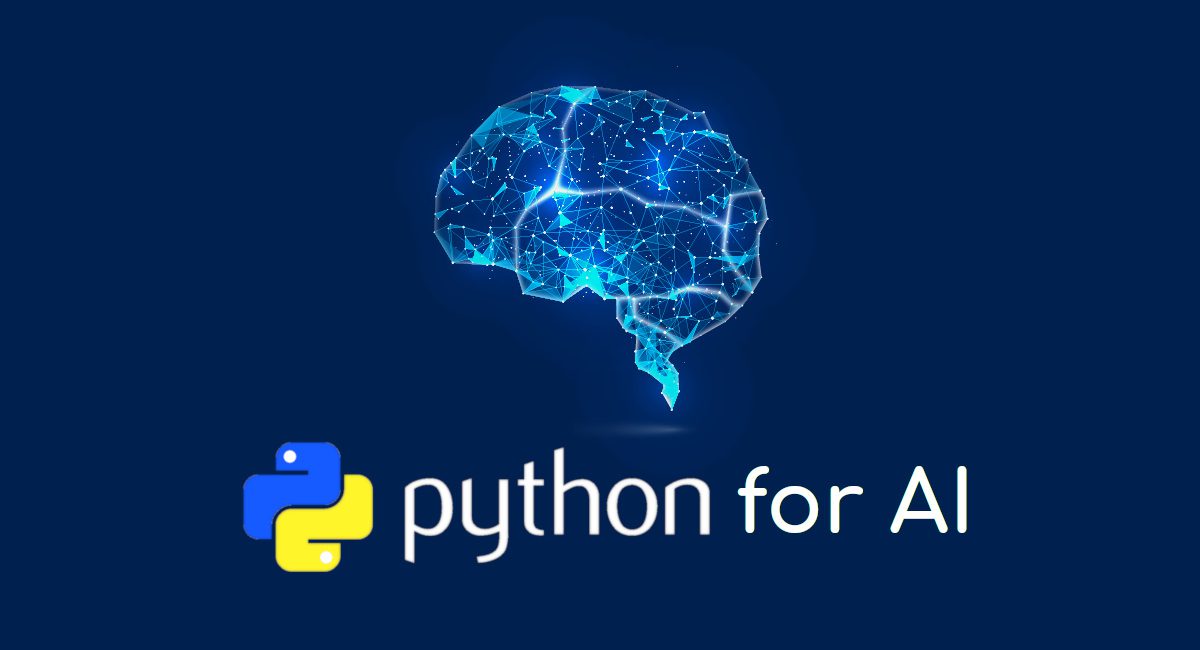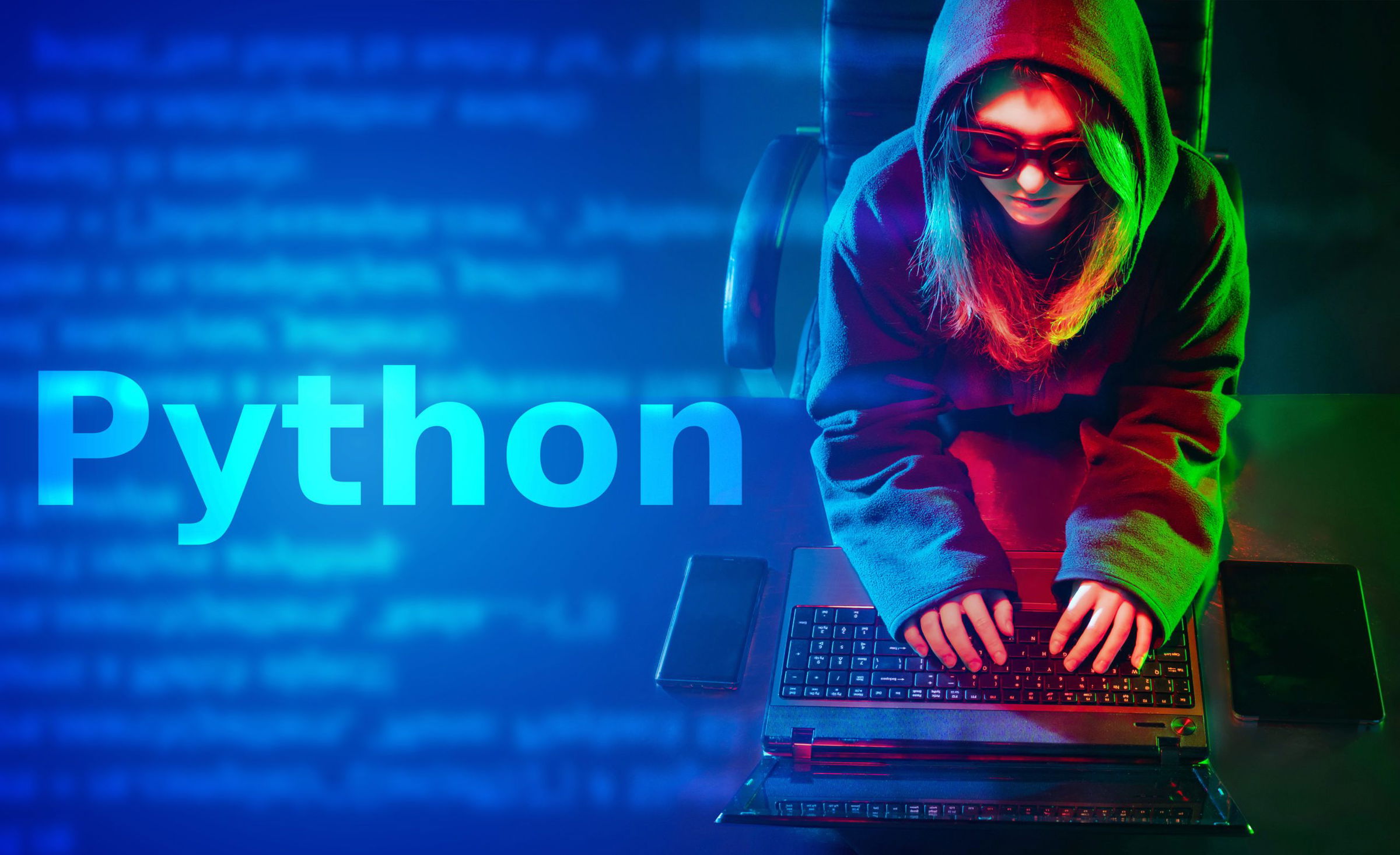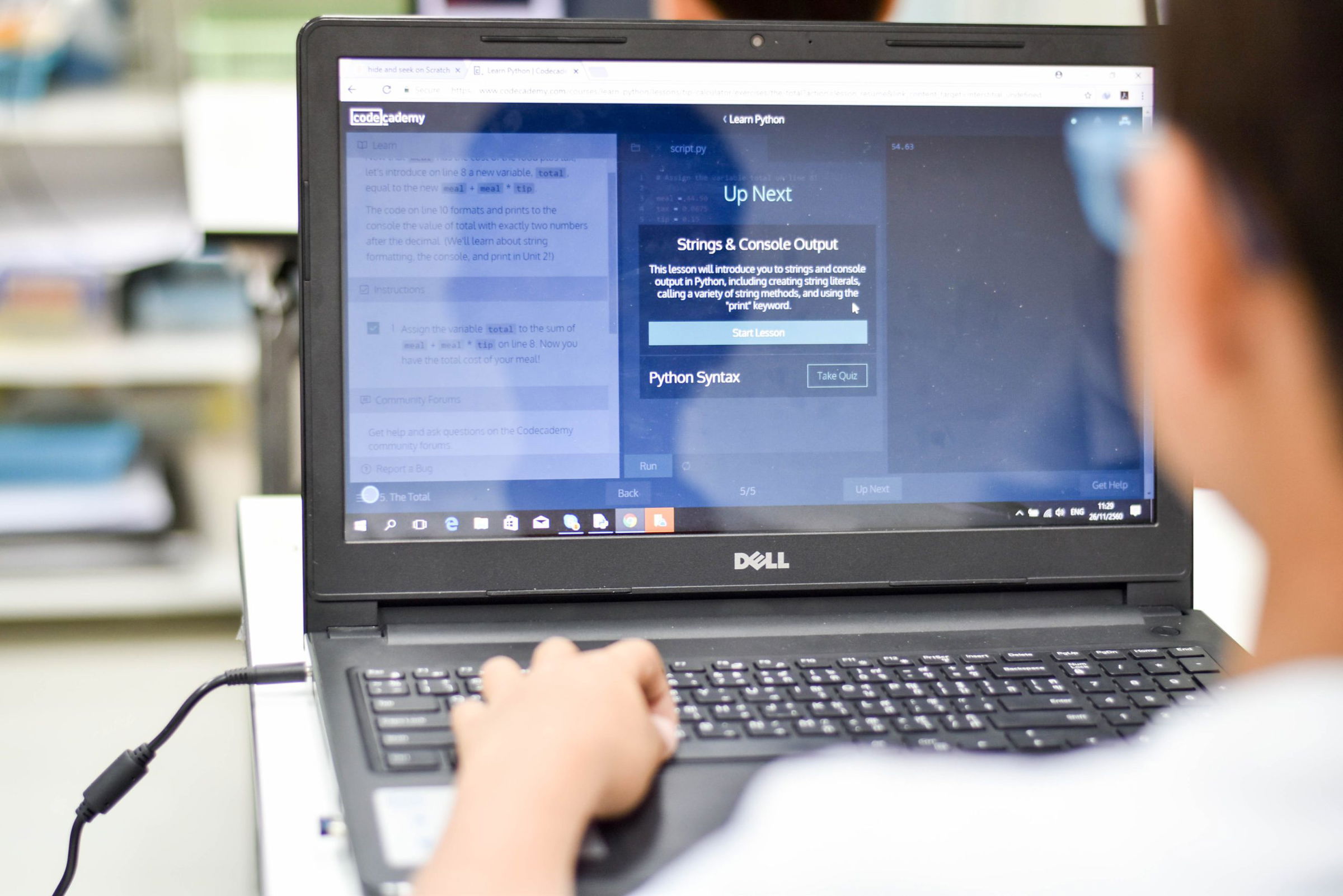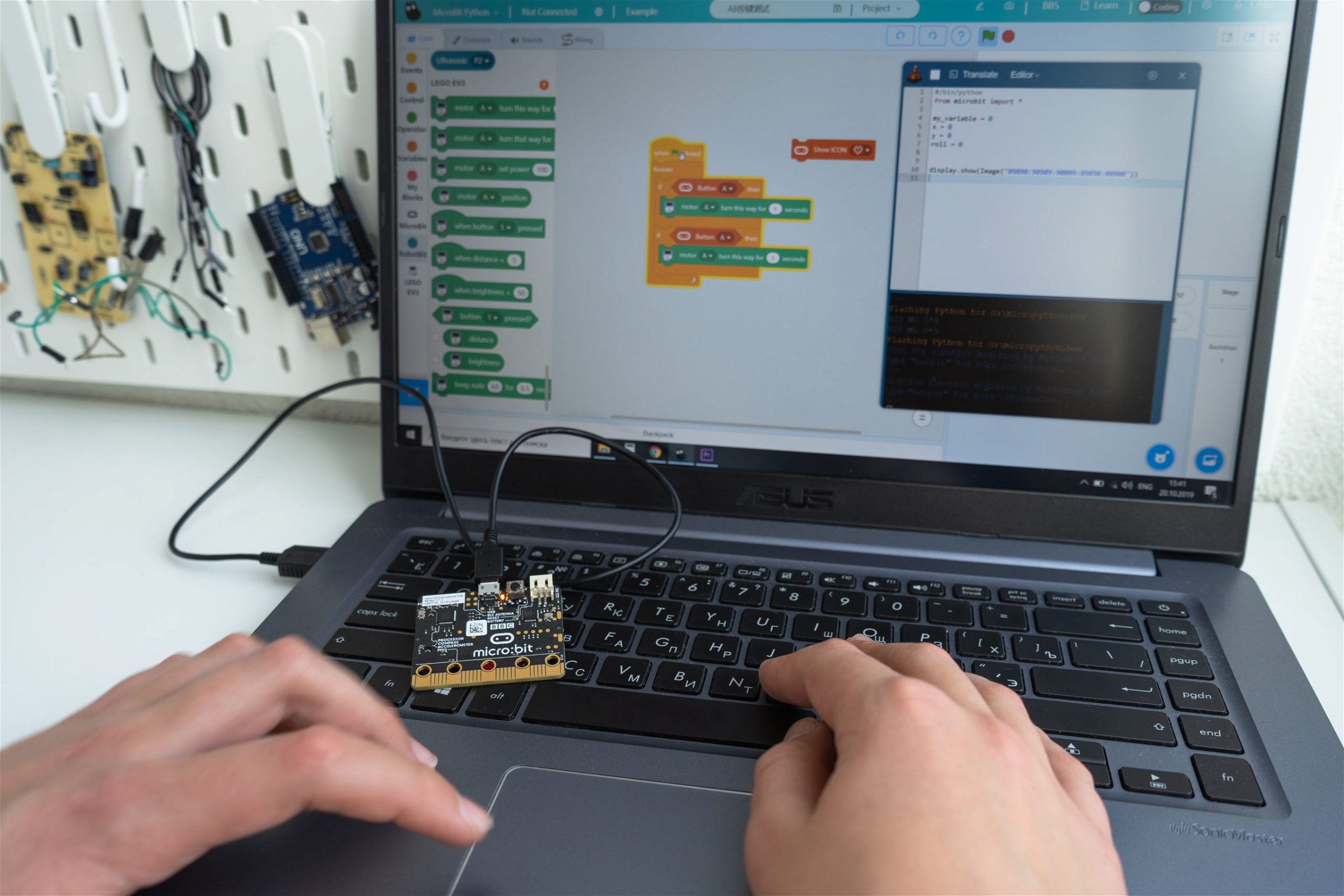Data visualization has become an increasingly important part of the data analysis process in recent years. Many analysts have found that a picture is worth a thousand words, and in this case, it just might be true. You could say that good data visualization can save even more than 1,000 words–it can save lives! Let’s explore some basics of making compelling visualizations with Python.
What is Data Visualization?
Data visualization represents data in a visual form. You can use visualizations to help people understand data more efficiently, ranging from simple graphs to complex infographics. Data visualization is an increasingly popular field with many practical applications. For example, you can use it for business intelligence gathering and analysis or education purposes. Some experts consider data visualization to be a vital part of the expanding field of big data.
Data types and how they get visualized?
There are many types of data, including categorical, univariate, multivariate normal, and so on. Data visualization methods vary depending on the type of data represented. For example, there are several other ways to express categorical data than with graphs.
Univariate data is usually best displayed in a simple bar graph or line graph. Categorical information is often best represented by a pie chart. Multivariate data can be shown in a radar graph or spider chart, while multivariate average data get visualized with a scatter plot.
How to use Python for data visualization?
Python is an easy-to-use programming language that You can use for data visualization. Many libraries, including matplotlib, make it possible to create visualizations without much technical knowledge.
You can even create interactive online visualizations using Python. For example, you can use Python to create visualizations for the Vega-Lite specification, which allows you to create interactive online data visualization. Due to its flexibility and ease of use, it has become one of the most popular languages for data science. It is perfect for working with large amounts of data because it can easily handle large lists or arrays.
Python-based data visualization libraries are beneficial because they typically allow for rapid prototyping of visualizations. It makes them an excellent choice for exploratory data analysis because you can quickly try out different algorithms and processes. The downside is that they can sometimes be challenging to use for more complex projects.
Explore and Learn Python with Imarticus Learning
Industry specialists created this postgraduate program to help the student understand real-world Data Science applications from the ground up and construct strong models to deliver relevant business insights and forecasts. This python tutorial is for recent graduates and early-career professionals (0-5 years) who want to further their careers in Data Science and Analytics, the most in-demand job skill.
Some course USP:
This Python for data science course for students is with placement assurance aid the students to learn job-relevant skills.
Impress employers & showcase skills with the certification in Python endorsed by India’s most prestigious academic collaborations.
World-Class Academic Professors to learn from through live online sessions and discussions.



 Imarticus provides an
Imarticus provides an 
 Imarticus Learning is a leading technology-driven institute that gives accredited
Imarticus Learning is a leading technology-driven institute that gives accredited 
 After a course in applied data science with python specialization, you can choose several career paths. Some are stated below:
After a course in applied data science with python specialization, you can choose several career paths. Some are stated below:

 How Python is used in Google
How Python is used in Google 